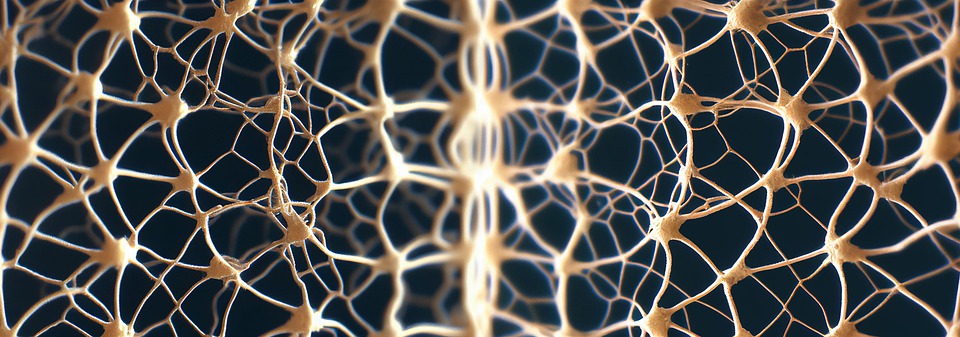In recent times, generative AI models such as ChatGPT and DALL-E have enabled the production of substantial amounts of creative content that resembles human-like, high-quality output using basic prompts.
Although current AI systems are highly capable and excel in tasks related to recognizing patterns in big data, they do not possess the same kind of intelligence as humans. Unlike our brains, AI systems are not structured in the same way and do not learn in the same way.
Compared to our daily intake of three meals or so, AI systems require a significant amount of energy and resources for their training. Furthermore, they are not as effective as humans when it comes to functioning and adapting in complex, unpredictable, and noisy environments. In addition, they do not possess memory capabilities that are similar to those of humans.
This research is focused on creating non-biological systems that imitate the functioning of human brains. A study that was recently published in Science Advances reveals that networks of self-organizing silver wires can acquire and retain knowledge in a way that closely resembles the cognitive mechanisms of human brains.
Replicating the Brain: The work in neuromorphic research
The research belongs to the field of neuromorphic, which strives to reproduce the structure and operation of biological neurons and synapses in non-biological systems. In other words, the aim is to imitate the brain’s design and function.
Everything is centered around a system that employs a network of “nanowires” to imitate the neurons and synapses in the brain. These nanowires are minute wires that are approximately one-thousandth the diameter of a human hair. They are manufactured using a highly conductive metal, such as silver, and are typically coated in an insulating material, like plastic.
The nanowires have the unique property of self-assembly, resulting in a network structure that mimics the configuration of a biological neural network. Just like neurons, which have a protective membrane, every metal nanowire in the network is covered with a thin insulating layer.
By applying electrical signals to the nanowires, ions move across the insulating layer and into an adjacent nanowire, resembling the movement of neurotransmitters across synapses in neurons. This leads to the emergence of electrical signaling in the nanowire network, akin to synapse-like activity.
Learning and memory
The latest research employs the nanowire system to investigate the concept of human-like intelligence, focusing on two vital aspects of advanced cognitive function: learning and memory.
Through that study, they were able to show that we can enhance or diminish specific synaptic pathways within nanowire networks, a process that mirrors the “supervised learning” that occurs in the brain.
The process involves comparing the output of synapses to a pre-determined goal, and if the output is close to the target, the synapses are strengthened, otherwise they are pruned. This process is similar to synaptic plasticity in the brain, which allows it to refine its neural connections.
The research went further by demonstrating that the amount of strengthening could be increased through a process of “rewarding” or “punishing” the network, which is similar to the concept of “reinforcement learning” observed in the brain.
There was also a variation of the “n-back task,” a cognitive test used to evaluate human working memory. The test presents a sequence of stimuli and compares each new stimulus to one that appeared “n” steps earlier.
The nanowire network was able to retain information from previous signals for a minimum of seven steps. Interestingly, this is the same number of items that the human brain can typically hold in its working memory at any given time.
By utilizing reinforcement learning, there was a significant enhancement in the memory capabilities of the nanowire networks. It was discovered that synaptic pathways establishment in these networks depends on the previous activation of those synapses, which is also the case for synapses in the brain, a phenomenon referred to as “metaplasticity” by neuroscientists.
Artificial Intelligence: Building Intelligent Systems through Synthetic Means
Although it may be some time before we can fully replicate human intelligence, this work on neuromorphic nanowire networks demonstrates the possibility of implementing key intelligence features, such as memory and learning, in non-biological systems.
While nanowire networks differ from artificial neural networks used in AI, they may pave the way for the development of “synthetic intelligence.” It is possible that a neuromorphic nanowire network could one day learn to have more human-like conversations and recall them better than ChatGPT. However, there is still a long way to go before such a feat can be achieved.





